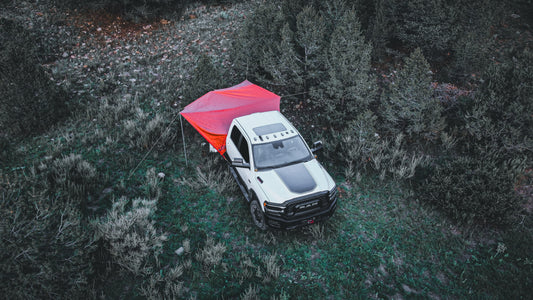Why Recovery Gear Is Essential for Overlanding
When you’re miles from pavement and deep into the backcountry, the unexpected is part of the experience. That’s the heart of overlanding: exploration, challenge, and self-reliance. But even the most seasoned drivers eventually hit an obstacle they didn’t plan for—and that’s where recovery gear becomes not just helpful, but essential. I fell victim to poor planning and was left stranded, and do you want to know what kept me from getting home? A fuse.
The Core Recovery Gear Every Overlander Should Carry
Whether you're a weekend warrior or living life full-time on the trail, a solid recovery setup should always be within arm’s reach. Here's what we consider the essentials:
-
Winch, Recovery Straps & Soft Shackles: Strong, flexible, and critical for safe vehicle-to-vehicle pulls. The weather always has a say-so and you
-
Tools: Take the time to give your vehicle a once over and take note of the sizes YOUR rig uses.
-
2 is 1, 1 is none: Shit breaks. And when it does, what's your plan? It's a fine line to walk but having a backup to the backup isn't a bad thing. Consider the things that will make the difference between getting home and death. After my fuse SNAFU, I won't leave the driveway without a pouch of fuses.
-
Communication:
-
Rollers:
Final Thoughts: Don’t Leave Home Without It
Recovery gear isn’t just another item on your checklist—it’s peace of mind. It’s freedom to explore further, push harder, and trust that you can handle the challenges that come your way. So, before you hit the trail, take a moment to check your setup. Because when you're out there, being prepared isn't optional—it’s everything.
Go anywhere, with purpose.



